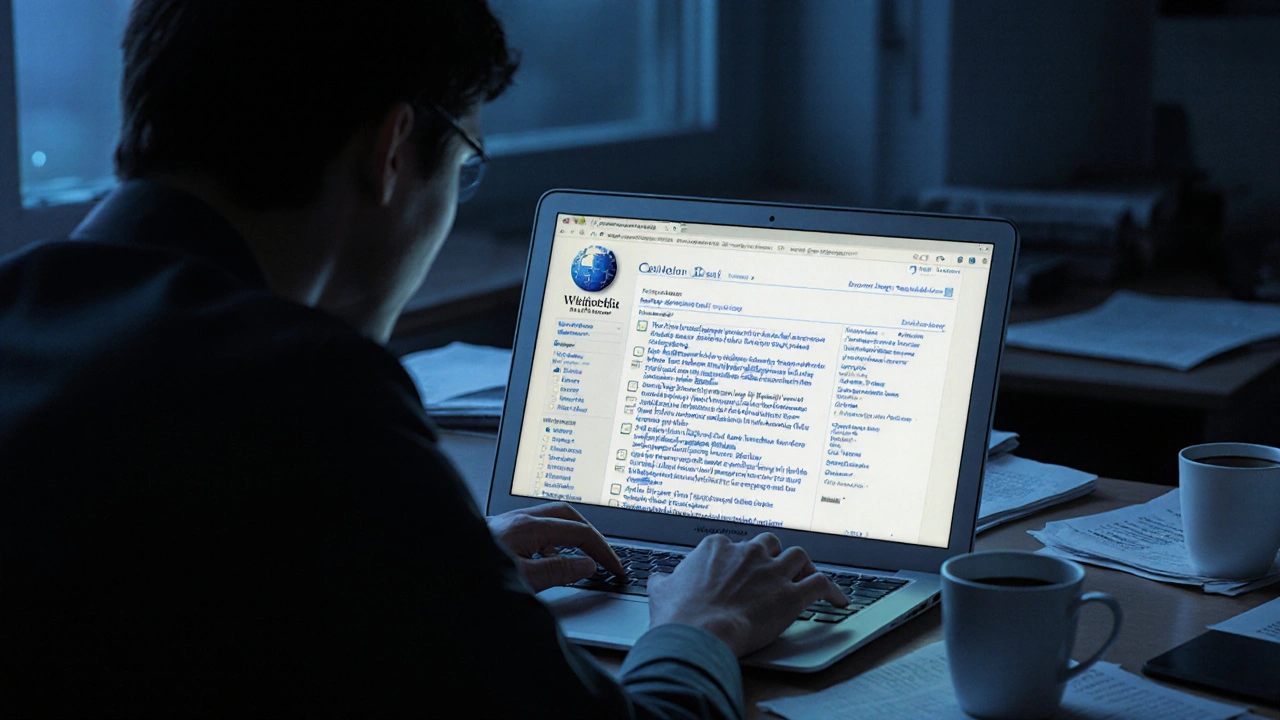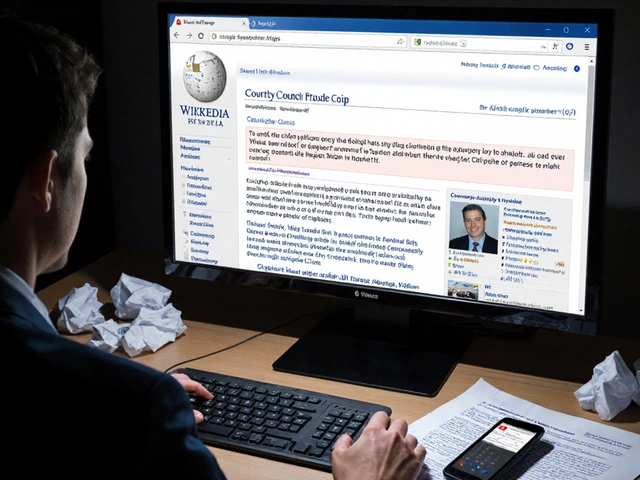Journalist Research: How Reporters Use Wikipedia Ethically and Effectively
When journalists start researching a story, journalist research, the process of gathering, verifying, and contextualizing information for news reporting. Also known as fact-finding for media, it’s not about finding the fastest answer—it’s about finding the right one. Wikipedia often shows up early in that search. It’s not a source, but it’s a map. Thousands of reporters use it every day to find names, dates, events, and connections—then they leave Wikipedia behind and follow the citations to original reports, academic papers, and official records. That’s the key: Wikipedia doesn’t replace verification, it accelerates it.
What makes this work isn’t blind trust—it’s understanding how Wikipedia is built. reliable sources, third-party publications, peer-reviewed journals, and official documents that have editorial oversight are the foundation. Editors on Wikipedia don’t just copy headlines; they demand evidence from those sources. That’s why a well-cited Wikipedia article can point you to the *real* evidence faster than a Google search. But when journalists skip that step and quote Wikipedia directly, they risk spreading unverified claims. The best reporters treat Wikipedia like a library index—not the book itself.
There’s also the issue of ethical sourcing, using information in a way that respects accuracy, attribution, and the integrity of public knowledge. If you use Wikipedia to find a quote from a 2018 study, you need to cite the study—not Wikipedia. And if you’re writing about a controversial topic, you need to check if the Wikipedia article reflects due weight—meaning it doesn’t overstate fringe views or ignore consensus. This isn’t just good practice; it’s what keeps public trust in journalism alive.
Behind every solid Wikipedia article is a network of volunteers, policy debates, and editing tools like watchlists and annotated bibliographies. These aren’t just for editors—they’re resources journalists can learn from. The same rules that keep Wikipedia accurate—verifiability, no original research, neutral tone—are the same rules that make journalism trustworthy. When you understand how Wikipedia works, you’re not just using a website. You’re tapping into a global system built to surface truth, not clicks.
Below, you’ll find real examples of how reporters navigate this system: when Wikipedia helps them uncover facts, when it misleads them, and how they fix it. You’ll see how the Wikimedia Foundation pushes back against AI misuse, how the Signpost chooses stories no one else covers, and how copyright takedowns quietly erase knowledge. This isn’t theory. It’s what’s happening right now—in newsrooms, on edit pages, and in the quiet corners of the internet where truth is still being built, one citation at a time.
Wikipedia Talk Pages as Windows Into Controversy for Journalists
Wikipedia Talk pages reveal the hidden battles over facts, bias, and influence behind controversial topics. Journalists who learn to read them uncover leads, detect misinformation, and understand how narratives are shaped - often before they hit the headlines.







